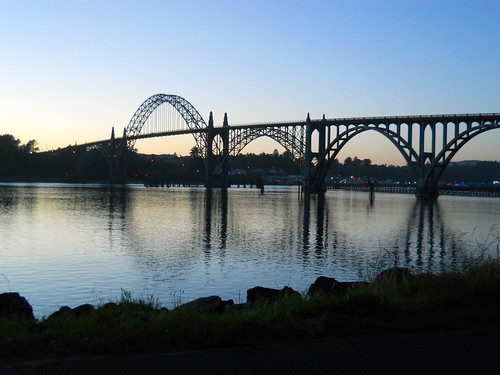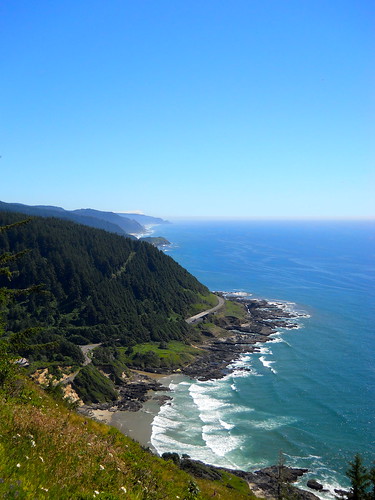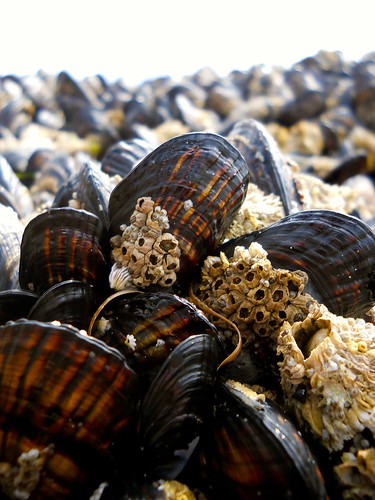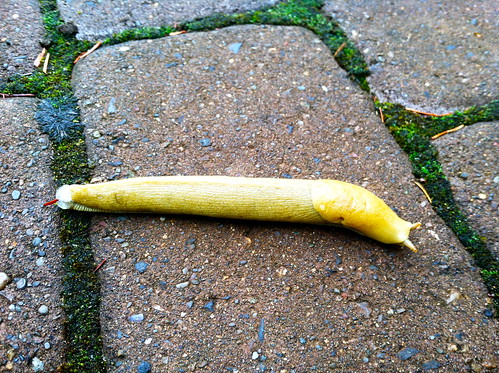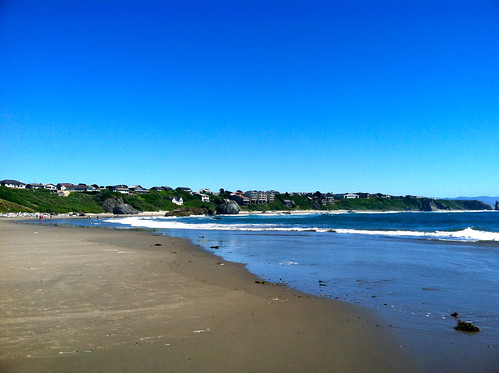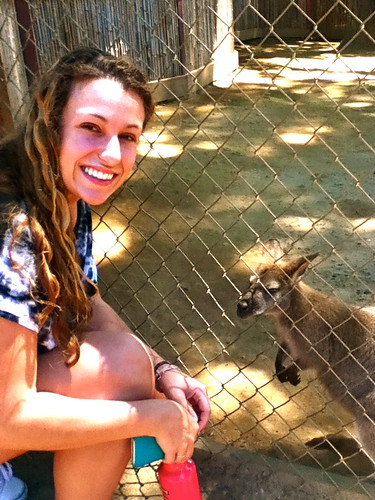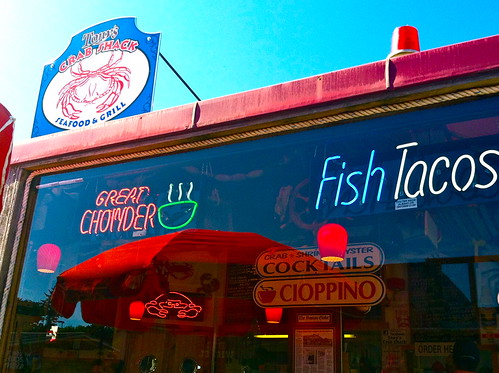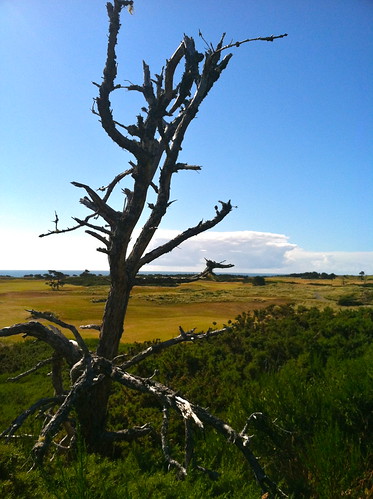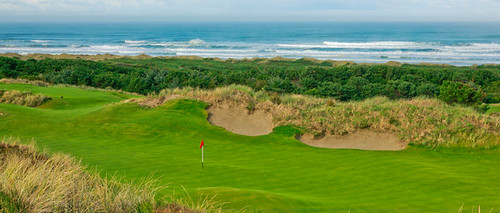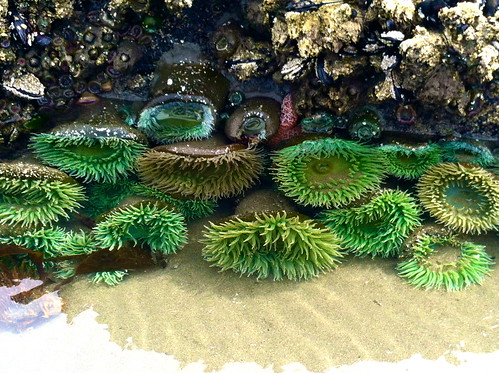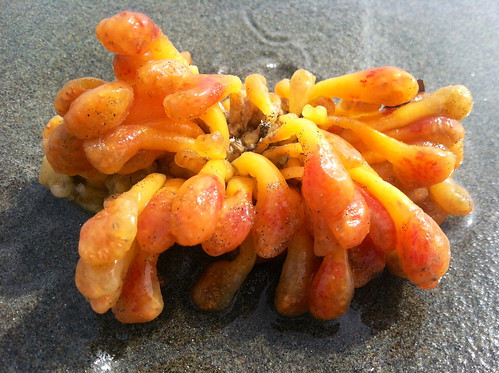Hello all!
I’m so excited to update you on my week! This past week was all about field work, which is my favorite part of any job. Monday we kicked off the week heading down to Indian Point where Jim, my officemate and colleague, and Scott, my mentor, had previously placed two crab pots filled with pit tagged cockles. Our goal was to dig up the crab pots (no easy feat in such coarse sand!) and retrieve the cockles to measure their growth over the previous two weeks. Unfortunately, many of the cockles had died but we could still collect all the growth data we needed from them, such as shell length, height, fatness, and clam weight.
Wednesday I had the opportunity to venture outside of shellfish biology and got to ride along and seine with the marine fish department. Our target species was Chinook salmon but we also found many other species of fish such as greenlings, sand lances, English soles, staghorn sculpins, and smelts. We also found hundreds of small Dungeness crabs and comb jellies. A few people held one end of the seine on the beach and the boat was driven around in an arch until the boat reached the other end of the beach. We then pulled the seine up to the shore and then sifted through the bag for fish.
We sampled 4 sites along a seven mile stretch of water, from Charleston to North Bend. We measured lengths and weights of our target species in order to later be able to calculate a condition factor (K) which is used to estimate the condition (health) of fish. We also identified which salmon were hatchery salmon by checking to see if the adipose fin was clipped. Clipped fins indicated hatchery spawned salmon.
Thursday was by far my favorite field work day of the week. Jim and I drove out to Woodruff Creek near Port Orford. After scaling down a sharp cliff-face in waders to get to our sampling site my adrenaline was definitely pumping. We sampled eight, random, 1m^2 quadrats. Our target species was littleneck clams. Digging through all the tide pools was amazing and we found some cool intertidal species; my favorite find was a clown nudibranch (sea slug). The tide pools were teaming with diverse fauna: several species of crabs, gunnels, peanut worms, sea stars, sculpins, the list goes on and on! Though we were out sampling in the warm sun for three or so hours I enjoyed every minute of lifting cobble and boulders and digging through sand to find littleneck clams. When you love what you do, it never seems like work!
And what’s work without a little play? I have made some good friends at the Oregon Institute of Marine Biology (OIMB) where I am being housed. All the students are friendly and always ready for adventures. After dinner, rain or shine, we’ll get together to play volleyball or Frisbee or go hang out on the beach. Thursday was particularly fun, as I swam in the Pacific Ocean for the first time. It took a few minutes to get used to the cold water but soon we were having the time of our lives swimming through the breakers.
This weekend, a few friends and I drove over to Sunset Bay where we spent our day climbing through the cliff sides where we found some pretty stellar tide pools. As the tide began to roll in, so did the fog. The fog is a unique part of the Oregon coast that I have come to love. In Indiana, fog is something you wake up to and it appears as a boring, thick sheet. Here in Oregon, fog comes in at random times throughout the day and it rolls in looking like thick cumulus clouds gliding across the ground and pouring like falls over cliff sides. It’s a beautiful event that I’ve fallen in love with and there is something very relaxing about the whole occurrence. On our way back to OIMB we stopped at an overlook of the cove and ended up sighting some sea lions and even a whale, which was the cherry on top of a good day. I can’t wait to see what adventures this week holds!





